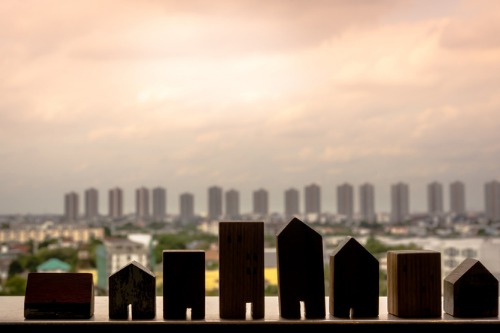
Almost two years after the launch of Canada’s first-ever national housing strategy, the promised housing strategy for Indigenous people is still nowhere in sight.
Although First Nations, Metis, and Inuit people make up just 5% of the country’s population, they are far more likely to live in overcrowded or unsafe housing, pay more than 30% of their income on housing, or become homeless.
Stewart Phillip, grand chief of the Union of BC Indian Chiefs, an umbrella organization of First Nations governments, said that the failure to address the Indigenous housing crisis could easily be explained.
“It’s a dimension of racism,” Phillip said. “And society’s attitude is ‘Indigenous people have always been poor. They’ve always lived in substandard, dilapidated housing. What would one expect? They’re Indigenous peoples,’ right?”
Robert Byers, chair of the Indigenous housing caucus for the Canadian Housing and Renewal Association, an umbrella group for the country’s social and Indigenous housing providers, was not surprised by the delay. He cited his own experience working on the national homelessness strategy released earlier this year.
“Imagine how slow something can go, and then slow it down about three or four more times,” Byers said, adding that he understands federal policies and procedures need to be followed when creating a national strategy and it takes time. However, it only accounts for some of the delay, he said, and he doesn’t know what else could be holding the strategy up.
Almost 90% of Canada’s Indigenous people now live outside First Nations reserves, where existing federal programs provide housing for status First Nations. Depending on which Indigenous organization is asked, shortages range from 3,000 to 130,000 units across the country – on- and off-reserve, according to The Tyee.
Nizar Laarif, director of public affairs for the Aboriginal Housing Management Association, said that national strategies, including a funding stream for urban, rural and northern Indigenous housing – meaning off-reserve – are required to close the housing gap between Indigenous and non-Indigenous communities.
“It’s not only the number of Indigenous people living off-reserve, but it’s also because the settings for urban or rural Indigenous people are different [from] the setting for the on-reserve,” Laarif said. “We’re talking economically, socially, culturally — they are different.”



